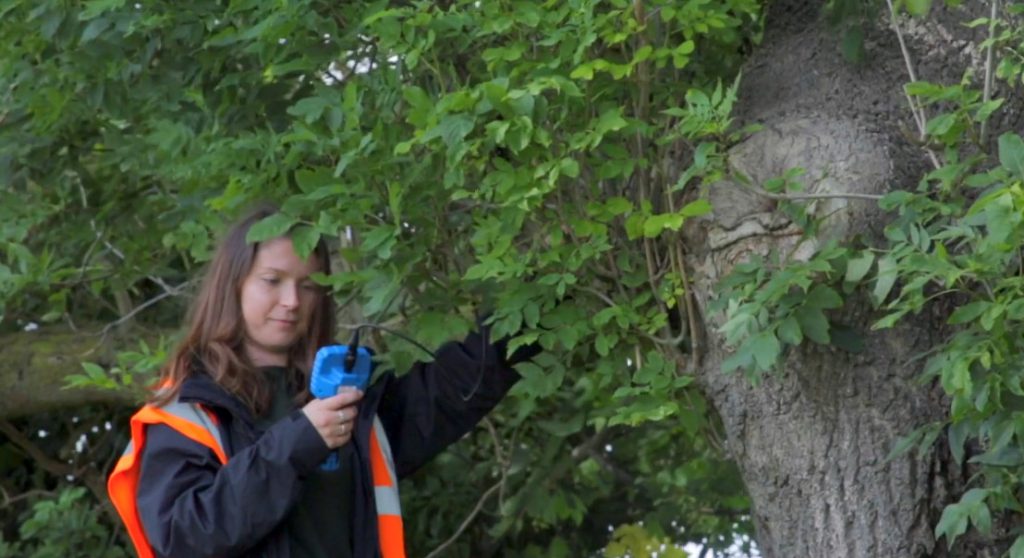The City of London’s Historic Sites and Remains
Recognised as the largest city in the UK by size and population, the City of London is predominantly urban and features minimal rural areas. Opportunities to buy land in cities such as London are popular and potentially highly profitable, even with a significant price range in the south compared to traditionally less in-demand areas in the north.
As a result of the city’s composition, however, undeveloped patches of land are rare and unlikely to come across. Although developers may prefer greenfield land over brownfield land, making changes to untouched sites isn’t entirely without calls for concern. For instance, as nobody has altered a greenfield site, it could be hiding potential issues beneath the surface.
While it may be unnecessary to organise assessments to determine whether archaeological remains are partly or completely hidden within the ground, doing so will eliminate any doubt, remove any time-consuming or costly issues that would arise from finding historic remains late into the process, and provide solid evidence to the local planning authority to support planning applications.
Archaeology and Scheduled Ancient Monuments
In the planning section of the City of London Council’s official website, a page dedicated to archaeology and scheduled ancient monuments explains the relationship between developments and archaeology. An Archaeology and Development Guidance Supplementary Planning Document (SPD) offers insight into the role archaeology can play in planning.
The SPD details the considerations needed on plots of land where archaeological remains may be present, including sufficient preparation at the pre-application stage, the potential need for archaeological assessments, and the likely changes required to avoid present historic remains and appease the local authorities.
Archaeologists working in partnership with the local council advise on policies that apply to archaeological remains and applications for planning permission. From the perspective of a developer, meeting the requirements of the local planning authority and their advisory archaeologists is possible by booking an archaeology survey.
Archaeological Inspections
An archaeological survey will start with desk-based assessments to uncover existing information about the specific plot of land, such as evidence of historic remains on the site or archaeological records that could suggest that the site holds historic importance. After this opening stage, the London archaeologist will physically attend the site to conduct the archaeology survey as a surface survey and a geophysical survey.
The surface survey will involve a base inspection of the site for visible historic remains, whereas a geophysical survey looks at unearthing historic remains hidden below the ground. A ground penetrating radar (GPR) is the primary piece of highly-specialised equipment utilised during a geophysical survey. It will be ran over all parts of the site, sending radio waves into the ground and bouncing back to the device once solid surfaces have been hit. Distances between radio waves will be measured and if any are shorter without any explanation from the desk-based assessment, it could be an indication of historic remains.
Other factors that may play a part in the archaeological assessment process include consideration of the National Grid, contours, earthworks and past building survey results. The archaeological consultant may also choose to incorporate aerial photography, site discovery, walkovers and watching briefs into the survey. Immediately after the assessment, an archaeology report will be created by the archaeological surveyor, featuring information about the survey process, next steps based on findings from the site, and any other details that will support an application for a planning condition to the local council.
Plan an Archaeology Survey Today
Fortunately for developers, it is possible to speak to our team, work out whether or not an archaeology survey is needed, and receive a free quote based on the specifications of the site and project before booking an assessment. Simply speak to Arbtech via our Contact Us page or by filling out an online quote form or calling us directly, and we can talk you through your options and develop an accurate quote.
As soon as you give the go-ahead to move forward with us, we will work with you to choose a desirable date to visit your site for an archaeology survey. After 15 years of catering to the needs of private and professional clients all over the country, we are equipped to undertake high-quality assessments and produce valuable results on development sites in the City of London and all other parts of England. Using the insight and expertise of our archaeologists, you should see no problem with meeting the requirements of the local council and securing planning permission for your project.


